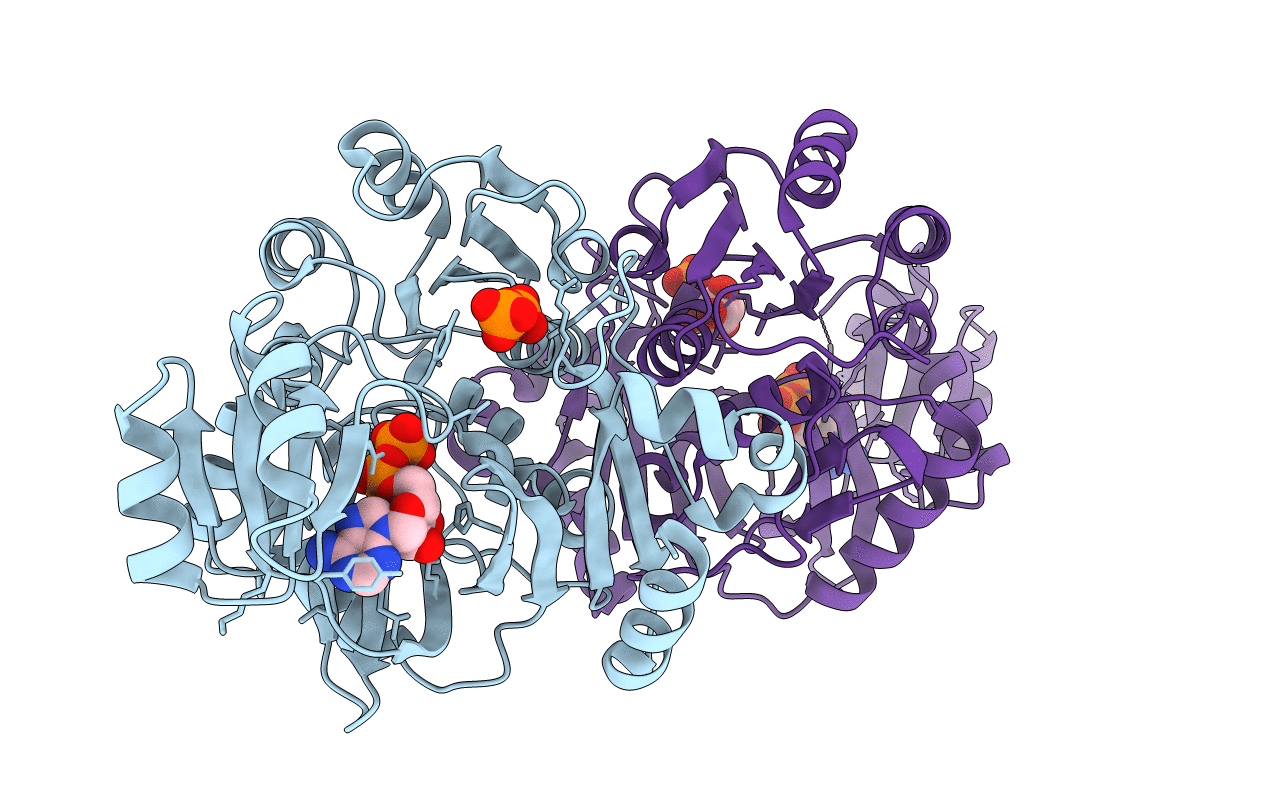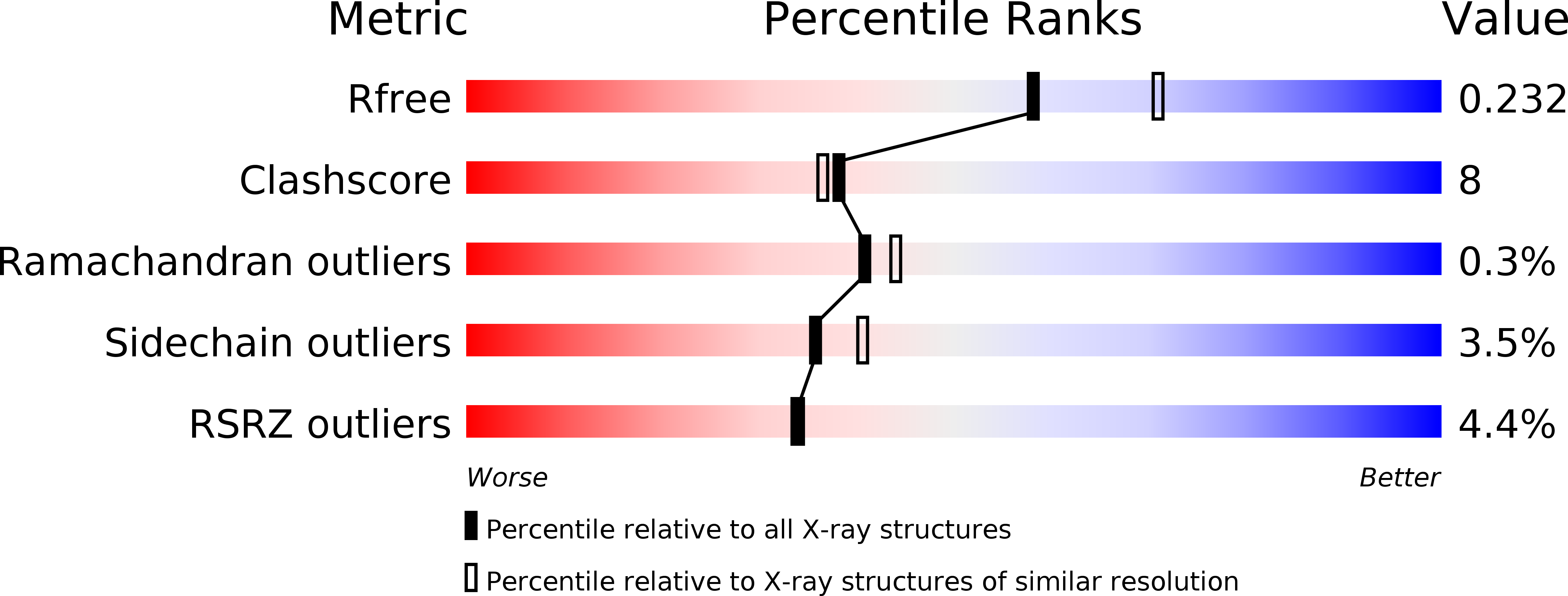
Deposition Date
2010-09-07
Release Date
2011-07-20
Last Version Date
2024-11-06
Entry Detail
PDB ID:
3ORQ
Keywords:
Title:
Crystal Structure of N5-Carboxyaminoimidazole synthetase from Staphylococcus aureus complexed with ADP
Biological Source:
Source Organism:
Staphylococcus aureus subsp. aureus (Taxon ID: 426430)
Host Organism:
Method Details:
Experimental Method:
Resolution:
2.23 Å
R-Value Free:
0.21
R-Value Work:
0.17
R-Value Observed:
0.18
Space Group:
P 1 21 1


